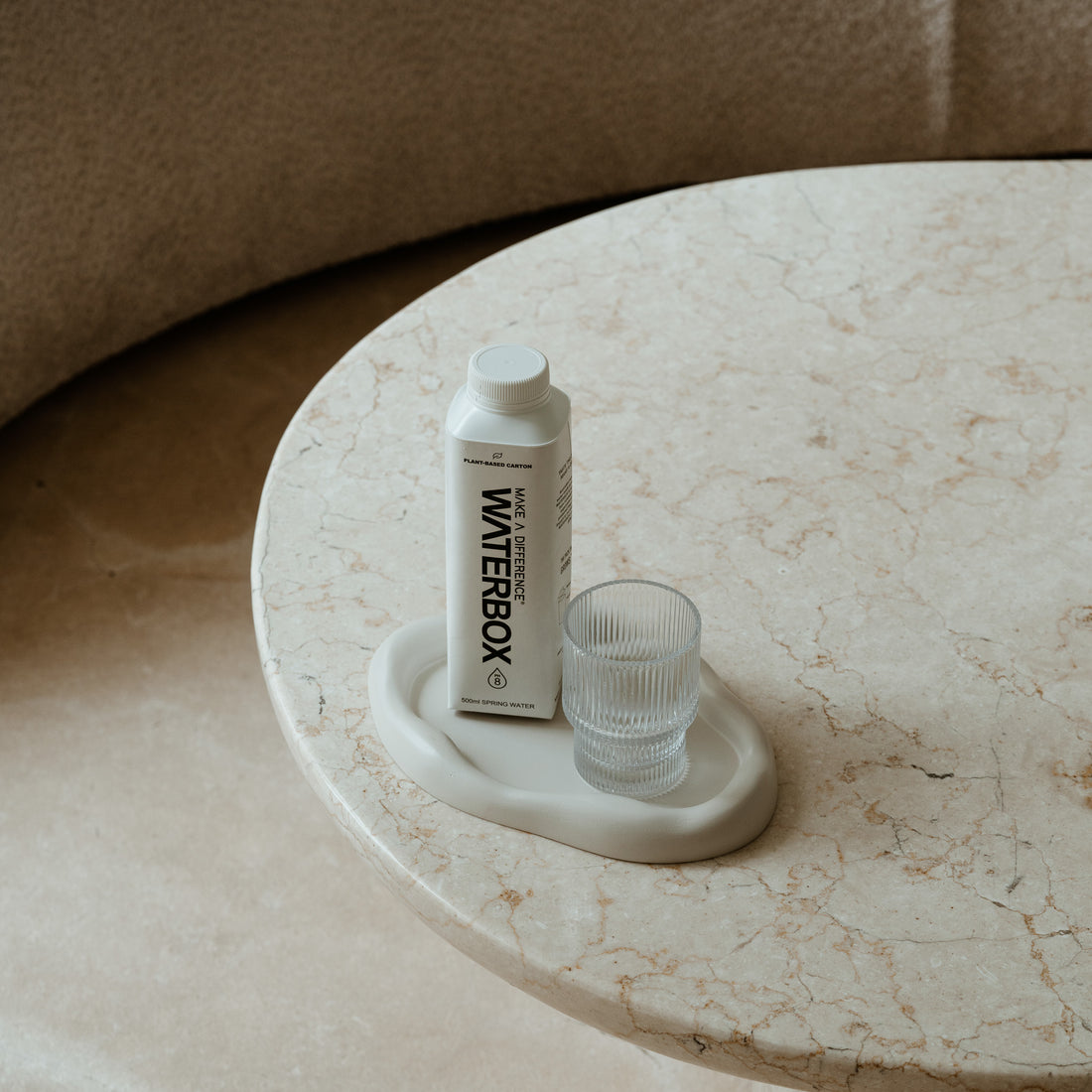The debate over the most environmentally friendly way to package and consume water is ongoing, with glass bottles often positioned as a sustainable option. However, when looking at the full picture, it's clear that glass is not the solution that some hoped it might be. When evaluating the true environmental impact of glass bottles, it's important to consider several key factors:
- Reusability
- Recycling Efficiency
- Energy Consumption in Production
- Transportation and Carbon Footprint
- Potential for Breakage and Waste
- Water Source and Sustainability
- Consumer Convenience and Adoption
Reusability
Glass bottles are known for their reusability. Unlike plastic, glass can be reused multiple times without losing its integrity or leaching chemicals into the water. This long lifespan reduces the need for frequent replacement, thereby lowering the production demands and the associated environmental impacts.
Recycling Efficiency
Glass is highly recyclable, and its recycling process is less energy-intensive compared to metals like aluminium. When recycled, glass can be turned into new glass products without loss of quality, ensuring that materials are kept in use for longer periods. That being said, the recycling process still uses considerable energy, especially considering how energy intensive glass is to produce.
Energy Consumption in Production
The production of glass bottles is energy-intensive, requiring high temperatures to melt and mould the glass. This process results in a significant carbon footprint, especially when compared to lighter materials like the carton water packaging or boxed water containers offered by Waterbox Australia.
Transportation and Carbon Footprint
Glass's weight and fragility require more energy for transportation. The heavier weight leads to higher fuel consumption and, consequently, increased greenhouse gas emissions during shipping. This is particularly relevant when transporting water over long distances, as opposed to local sources of natural spring water.
Potential for Breakage and Waste
Glass bottles, while durable, are prone to breakage, which can lead to waste and safety hazards. Broken glass in recycling facilities can contaminate other recyclables, making the recycling process more complex and less efficient.
Water Source and Sustainability
Similar to other packaging options, the sustainability of the water source is crucial. Whether it’s spring water or purified water, the environmental impact of extraction and processing must be considered, regardless of the packaging.
Consumer Convenience and Adoption
Glass bottles, while environmentally friendly in many respects, may not always be the most convenient option for consumers. Their weight and fragility can limit their use in certain settings, such as outdoor activities or in places where glass is not allowed.
In conclusion, while glass bottles have certain environmental advantages, including recyclability and reusability, they also present challenges in terms of production energy, transportation emissions, and practicality.
For environmentally conscious consumers, exploring alternative packaging solutions like those offered by Waterbox Australia can be beneficial. Waterbox provides an innovative and eco-friendly alternative that addresses the limitations of glass bottles, offering a more holistic approach to sustainable hydration.
Click here to find out more!

